When autumn begins and leaves start to fall from the trees, the gardening season comes to an end. Most people think that from then on you can’t do much in the garden. In this blog, you will learn what you can do in the garden in autumn, how you will have fewer weeds next year, and which flowers you can sow perfectly in the autumn.
What to do in the garden in autumn?
Often on sunny days it is still very pleasant to be outside working in the garden. It is not so hot during the day and the fresh air in the morning gives your body new energy. Full of motivation, you want to be in the garden, but what can you do now?
It may feel counterproductive to apply compost at the end of the gardening season when there are no plants. But even though there are no plants in your beds, the soil is full of life. Soil life is fed with new compost. Usually, the compost is still too coarse for your plants. Because the soil life has all winter to break down all the organic material, the soil is ready in the spring to give your seedlings a good start. In addition, the frost also helps break down larger branches and other coarse material in the compost. Don’t forget to also add new compost to beds that are still filled with winter vegetables.
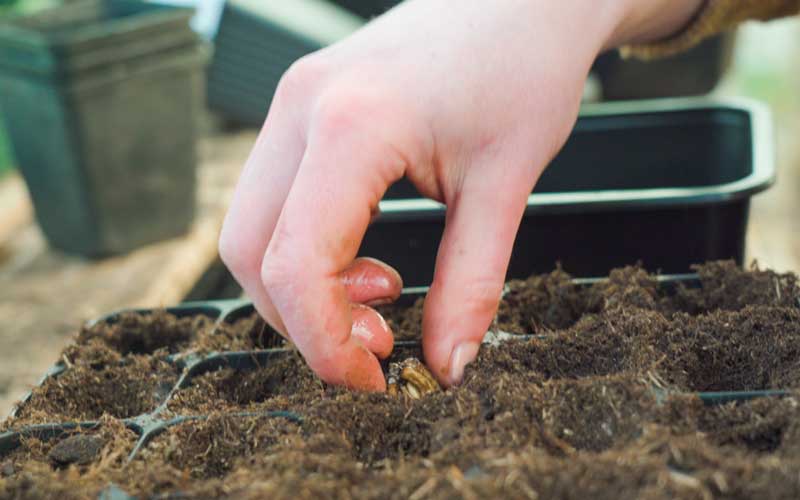
Sow your hardy annual flowers for an early flowering next summer
Sowing in the fall feels rather contradictory but once you know the benefits you will be convinced to try it too. In late summer and early fall it is still light and warm enough in the greenhouse. The nights are colder but that actually benefits most hardy flower seeds! Because the day and night temperatures are so different, the seeds of hardy annuals such as delphinium and cornflower are actually encouraged to germinate. Because you sow them at the end of the season, they can grow steadily all winter in seed trays and pots in the greenhouse. By the time it’s March, you can start hardening off and transplanting the seedlings. Autumn is also the perfect time to start your ranunculus and anemones. You will find that your plants will grow much bigger and stronger and also flower much earlier.
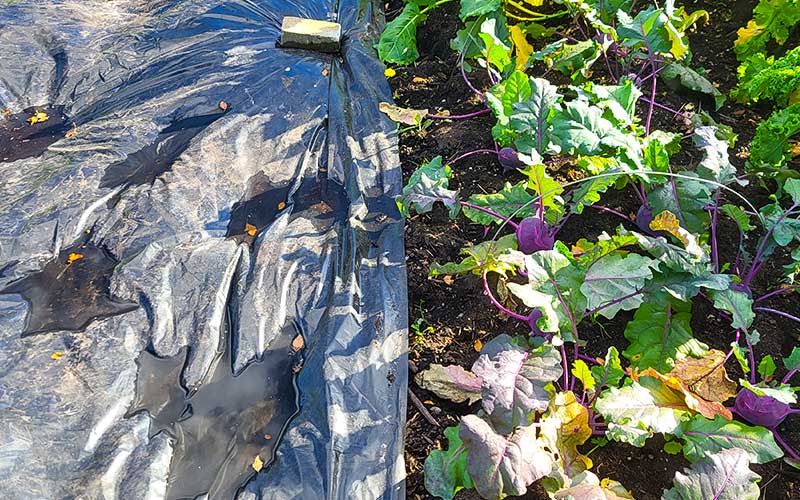
Apply this method in the autumn for fewer weeds next year
Unfortunately, every gardener has to deal with weeds. seeds are blown into your garden, some seeds are already in the soil or, unfortunately, weed seeds do turn out to be in your new compost. Fortunately, there is plenty you can do to minimize weeds. One method we have used in our garden with great success is tarping.
At the end of the season, apply a new layer of about 2 to 3 centimeters of compost to your garden beds. Leave the roots of dead plants in place so as not to disturb the soil. Then tarp the bed with a black agricultural tarp or ground cloth. Throughout the winter, the surface will be dark and all the weed seedlings will die off. By the time spring arrives, remove the tarp and you can plant right into the beautiful dark rich soil.
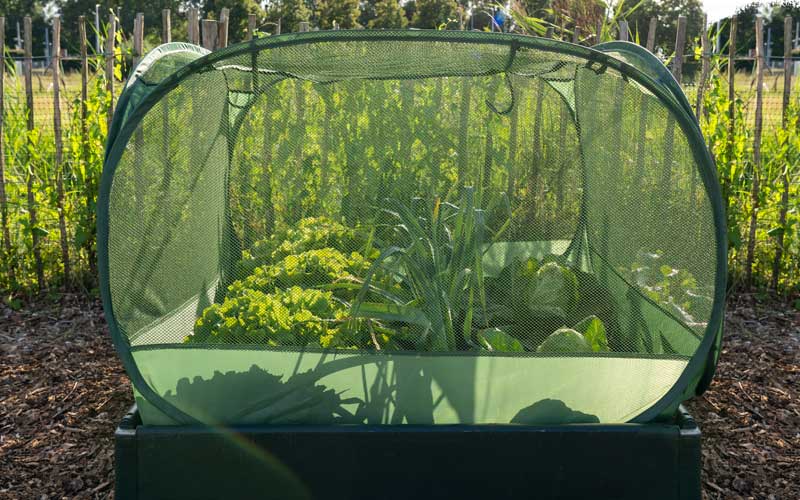
Protect your winter vegetables from birds
Most of the plants we eat are also eaten by other animals. Birds are especially fond of lettuce and cabbage. In winter, protect your kale and Brussels sprouts from cheeky pigeons. Without effort, they will eat your entire bed of cabbages. Therefore, it is best to protect the plants with a net. You can sacrifice a few plants to help the birds in winter.
Evaluate and plan your garden for next season
When all your winter duties are done and you have filled the pots with beautiful tulips, daffodils, and grape hyacinths, it is time to evaluate the year. What vegetables do you want to sow again next season? What didn’t you actually eat at all? Which flowers bloomed so beautifully that you definitely shouldn’t forget to sow them next year? We usually also take a look back to see when we sowed which plants. That’s how we found out that it makes no sense at all to sow tomatoes very early in the year. Nor do we sow the zinnias and cosmea any earlier than April these days because they grow so quickly and do much better in warm weather. But before we get all enthusiastic for spring, put on your warm socks, make soup and drink hot chocolate by the fireplace, you are ready for winter!
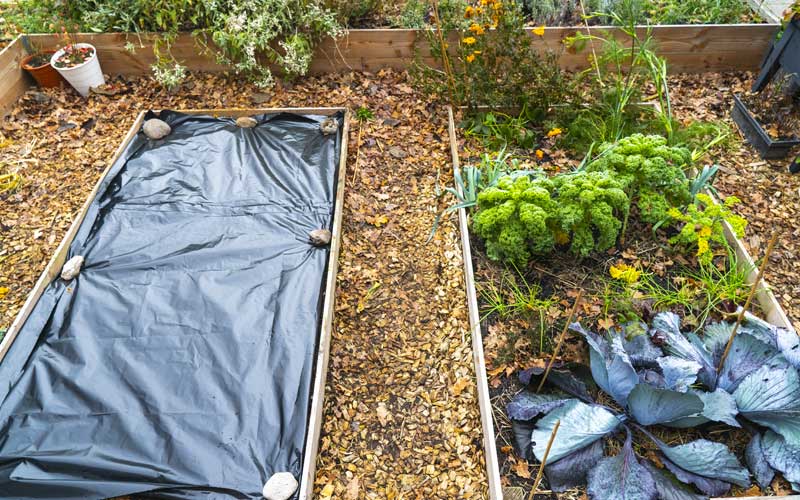
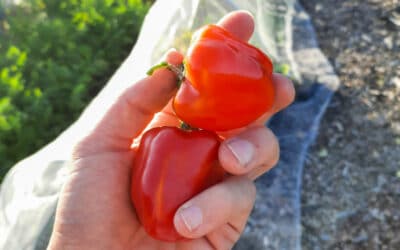



0 Comments